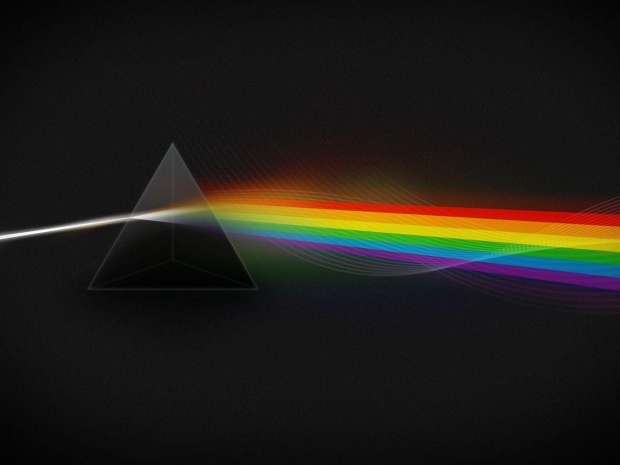The setup uses off-the-shelf smartphone camera sensors, optical lenses and micro-LEDs thinner than a human hair. By firing light through the system and measuring intensities, the contraption can add and multiply numbers. In theory, the design could one day run AI workloads 100 times faster and 100 times more efficiently than today’s GPUs.
The results, published in Nature, were accompanied by a Microsoft blog insisting this is more than vapourware. Redmond has even shared its “optimisation solver” algorithm and a “digital twin” that mimics the optical hardware in software.
Microsoft principal research manager Francesca Parmigiani, said: “To have the kind of success we are dreaming about, we need other researchers to be experimenting and thinking about how this hardware can be used.”
The digital twin has already been used to attack real-world problems. Microsoft says it reconstructed MRI scans in healthcare trials, cutting scan times from 30 minutes to five, and cracked complex banking optimisation tests.
Hitesh Ballani, who leads research on future AI infrastructure at Microsoft’s Cambridge lab, called the optical computer a potential “game changer.”
“We have actually delivered on the hard promise that it can make a big difference in two real-world problems in two domains, banking and healthcare,” he said.
The machine is still a prototype, but researchers claim that scaling up with millions or even billions of micro-LED weights could make it smaller, faster and more practical. Redmond reckons the same hardware could run AI models, hinting at a possible future where GPUs no longer hog all the attention in the data centre.




